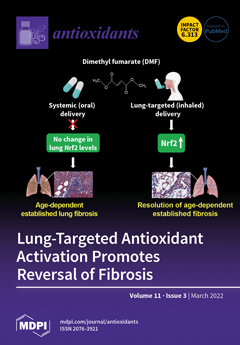The Bcl-2-associated athanogene (BAG) proteins are a family of multi-functional group of co-chaperones regulators, modulating diverse processes from plant growth and development to stress response. Here, 10 members of
SlBAG gene family were identified based on the available tomato (
Solanum lycopersicum)
[...] Read more.
The Bcl-2-associated athanogene (BAG) proteins are a family of multi-functional group of co-chaperones regulators, modulating diverse processes from plant growth and development to stress response. Here, 10 members of
SlBAG gene family were identified based on the available tomato (
Solanum lycopersicum) genomic information and named as
SlBAG1-10 according to their chromosomal location. All SlBAG proteins harbor a characteristic BAG domain, categorized into two groups, and SlBAG4, SlBAG7, and SlBAG9 of group I contain a plant-specific isoleucine glutamine (IQ) calmodulin-binding motif located in the N terminus. The quantitative real-time PCR expression analysis revealed that these
SlBAG genes had organ-specific expression patterns and most
SlBAG genes were differentially expressed in multiple abiotic stresses including drought, salt, high temperature, cold, and cadmium stress as well as abscisic acid and H
2O
2. In addition, heterologous overexpression of
SlBAG9 increased the sensitivity of Arabidopsis to drought, salt, and ABA during seed germination and seedling growth. The decreased tolerance may be due to the downregulation of stress-related genes expression and severe oxidative stress. The expression levels of some stress and ABA-related genes, such as
ABI3,
RD29A,
DREB2A, and
P5CS1, were significantly inhibited by
SlBAG9 overexpression under osmotic stress. Meanwhile, the overexpression of
SlBAG9 inhibited the expression of
FSD1 and
CAT1 under stress conditions and the decreased levels of superoxide dismutase and catalase enzyme activities were detected accompanying the trends in the expression of both genes, which resulted in H
2O
2 accumulation and lipid peroxidation. Taken together, these findings lay a foundation for the future study of the biological function of
SlBAG genes in tomato.
Full article






